The distance between viewers and film is becoming ever smaller. Even 120 years ago, cinemagoers were jumping out of their seats as a locomotive appeared to hurtle towards the screen. We take a look at the past and the future.
Alfred Hitchcock’s classic “Rear Window” from 1954 remains a magnificent metaphor for the classic film experience. James Stewart as the voyeur confined to a wheelchair, who believes he has witnessed a murder through his window and is unable to intervene himself due to his disability: We too are voyeurs as we sit in the cinema seat and look out at another world through the big white rectangle – the screen is our window, which we are unable to pass through.
For around five years, new technologies like the Oculus Rift have meant the reemergence of a concept in film discourse that was en vogue during the 1990s, but initially disappeared from the screen due to a lack of practical technical feasibility. That concept is virtual reality (VR): an artificial world that can be experienced in 360 degrees with the help of VR goggles. Ultimately the successful application of this technology could revolutionize the film experience. Or to stick with our metaphor: The window becomes a pool into which one dives, so to speak, to be immersed in another world. “Immersion” is the battle cry that haunts press and specialist texts in this context and is cited by manufacturers as a sales argument.
Help – a train!
The term “immersion” has gone hand in hand with cinema since the beginning and is closely linked to the relevant technical possibilities and the socialization of reception thus far. The latter becomes blatantly obvious thanks to that oft-cited anecdote: At the screening of the film “Arrival of a train at La Ciotat” by the Lumière brothers in 1895, in which a train actually only pulls into the station of the title, many visitors are said to have run from the theater for fear of the approaching danger. Even though this marvelous image may be more myth than reality, it must nevertheless have been an outrageous moment to see the depiction of reality captured for the first time in moving images.

In order to establish film as its own art form alongside the classic arts such as painting or theater, theorists such as Béla Balázs worked out the properties of film. The central focus here was always on concepts such as illusion and distance, which are perceived differently in film to in classical arts: “We’re right in the middle!”, is how Balázs begins his text “The Spirit of Film” (1930), going on to write: “Film […] has eliminated the spectator’s position of fixed distance: a distance that hitherto has been an essential feature of the visual arts. The spectator no longer stands outside a hermetic world of art which is framed within an image or by the stage. Here the work of art is no insulated space, manifesting itself as a microcosm and metaphor and subsisting in a different space, to which there is no access. The camera takes my eyes along with it. Into the very heart of the image.”
Illusion and spatial film
By today’s standards, what Balázs celebrated as the immersive possibility of film corresponds to the new possibilities of the screen illusion of this time-based art form which, by means of technology, has been able to generate different modes of reception and perception to theater, for example. The camera has clearly been able to take viewers all of a sudden into the heart of the action, spaces and characters in tracking shots and with various shot sizes, from the long shot to the extreme close up, and to make it tangible for us and others to participate. Nevertheless, the medium of narration remains recognizable where the cinematographic world and the viewer’s own space are spatially distinct.
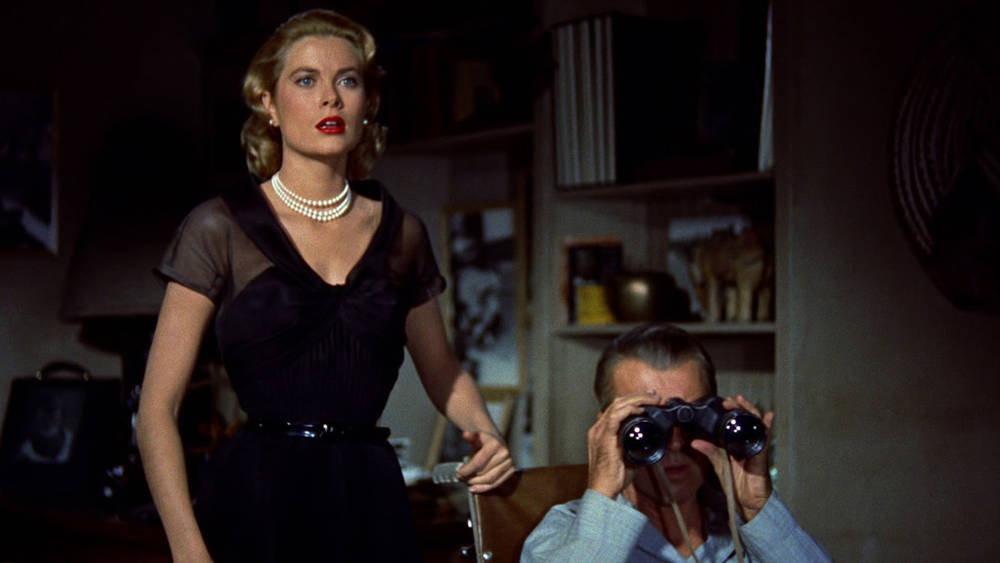
The communist avant-garde director and formalist Sergei M. Eisenstein takes things one step further than his Hungarian colleague in an essay he published in 1947, shortly before his death, entitled “On Spatial Film” (1947). In it, he formulated a utopia of “spatial film”, which comes very close to today’s 3D films: “the depiction perceived as real three-dimensionality ‘spills’ from the screen into the viewer space. A spider’s web with a gigantic spider hangs somewhere between screen and viewer.” With this unknown potential of plasticity and movement, the viewer could be conveyed out of his actual surroundings, he claimed, and – for Eisenstein of course – into worlds of communist propaganda.
From window to spatial film …
Eisenstein’s idea remained a utopia for a long time and the story of cinematographic immersion was initially the story of innovations regarding how the world can be presented originally behind the window and thus become tangible for the viewers: be it the Cinéorama that enabled visitors to the Paris World Exhibition of 1900 to experience film images projected to form a panorama on the walls as if they were in a hot air balloon, or the Cinerama technology that created a 3D illusion by presenting films in extreme wide-screen format on a curved screen during the 1950s in around 100 movie theaters worldwide. This effect is increased further in fulldome films, which are projected onto a dome similarly to projections in a planetarium, and thus can be experienced in 360 degrees.
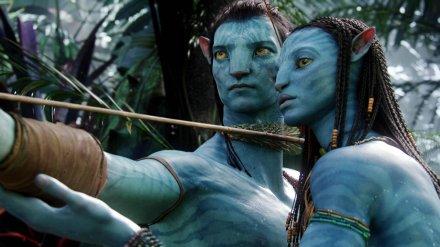
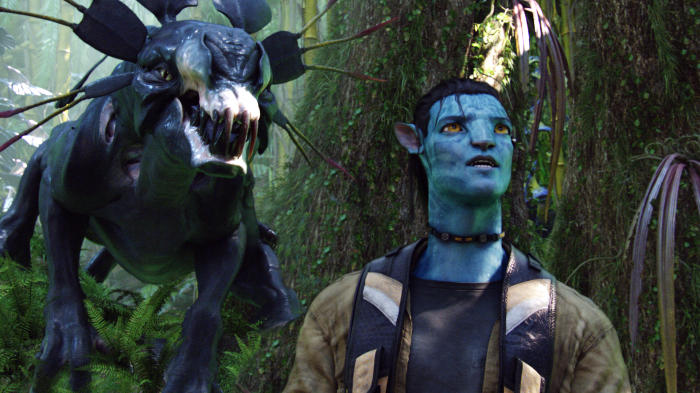
Since James Cameron’s 2009 movie “Avatar”, the business of 3D films has flourished after a dormant period in the 1990s, allowing Eisenstein’s spatial film to become a reality. The fact that it was Cameron’s entirely fantastical world of Pandora, with its sci-fi Smurfs and numerous crazy beings, that kicked it all off fits perfectly with the preconception of experiencing new realities. What are really exciting are the 3D effects in films in which technology is put to use not only for the sake of the spectacle, but also for impetus in terms of content.
... to pool
Particular examples include Alfonso Cuarón’s space thriller “Gravity” (2013), in which the breadth of the universe and the weightlessness are portrayed to best effect with 3D, or even Wim Wenders’ documentary “Pina” (2011) about ballet choreographer Pina Bausch, in which the viewers almost become dance partners. Another pleasing example is undoubtedly Martin Scorsese’s “Hugo” (2011), a love letter to cinema in which even the Lumière brothers’ incoming train is referenced and actually comes out of the screen.
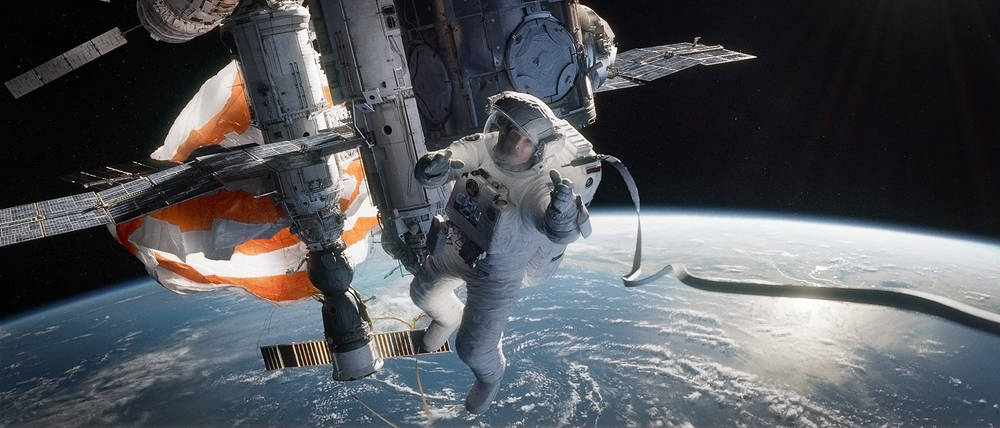
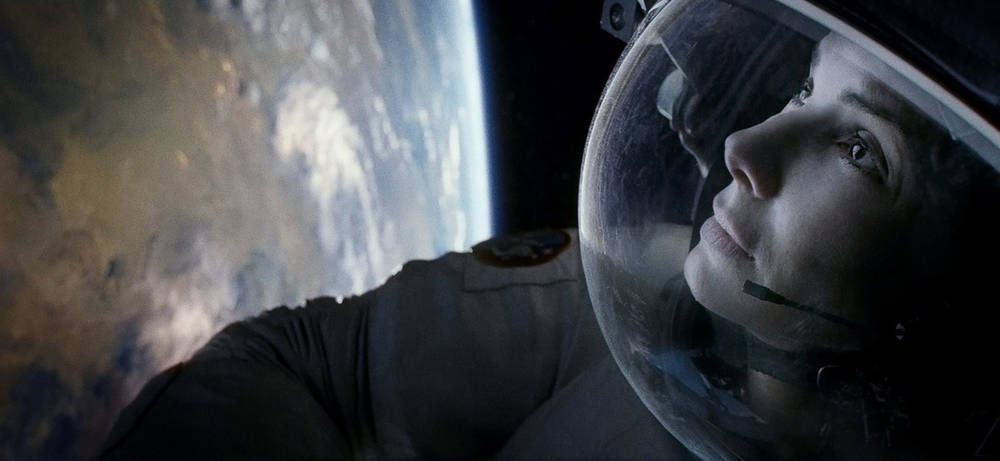
Nevertheless, it would be wrong to call this immersion. The events spill from the screen into the movie theater, which remains always present, and the viewers’ gaze remains, as before, on the medium itself, the magical white rectangle. It is precisely this that is set to change thanks to VR goggles, which have now become standard equipment that comes with the purchase of many new smartphones. You put the goggles and the headphones on and can then experience the new world in 360 degrees. This technology, which actually stems from gaming, is finding ever greater resonance in art – as can be seen impressively in the current exhibition “Perception is Reality”, for example, at Frankfurter Kunstverein – and also in the area of film, and is currently in great demand.
Barefoot on sand
This year, the Venice Film Festival and also the Lichter Filmfest in Frankfurt had sections dedicated to VR, in which the immersive possibilities of film were explored. At the Cannes Film Festival director Alejandro González Iñárritu (“Birdman [Or The Unexpected Virtue of Ignorance]”, “The Revenant”) presented the installation “Carne y Arena” (“Flesh and Sand”), in which visitors were given VR goggles and were able to walk barefoot on sand to experience a harsh situation in a borderland desert. Even though the director explained that it wasn’t cinema but rather an installation, the cinematic interest is evident.
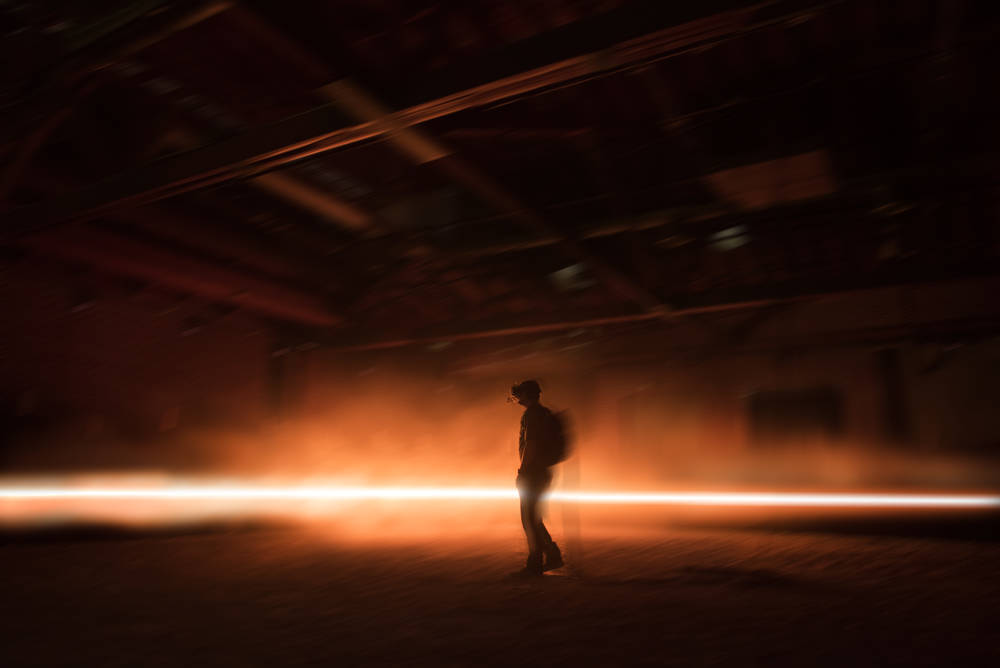
One exciting question is what form the dramaturgy of a VR film should take. The keyword here is interaction. After all, what form can a story, a cinematographic narration, take if viewers are to interact as in a game? And where, then, is the distinction between film and game? It is also hard to imagine that the shared experience of cinema will soon be torpedoed by a technology that entirely cuts off visitors acoustically and visually from the outside world. After all, if the immersion ideal in relation to VR is thought through to the end and perfect technological feasibility is likely to take a few more years, then it’s actually about the full absorption of the viewer.
British researcher Richard Barle set up a scale to describe the immersive experience, which ranges from the viewer as a player, who still perceives himself as a real ego within the virtual world, to the viewer as a persona that merges with the virtual world and no longer distinguishes between him/herself and the character. Is immersion in such totalitarian image worlds, the medium of which is no longer visible, really desirable? Taken to extremes in dystopian terms, this could mean: Welcome to the Matrix. But that would be cultural pessimism. The next few years will show just how fruitful VR technologies can be for film.
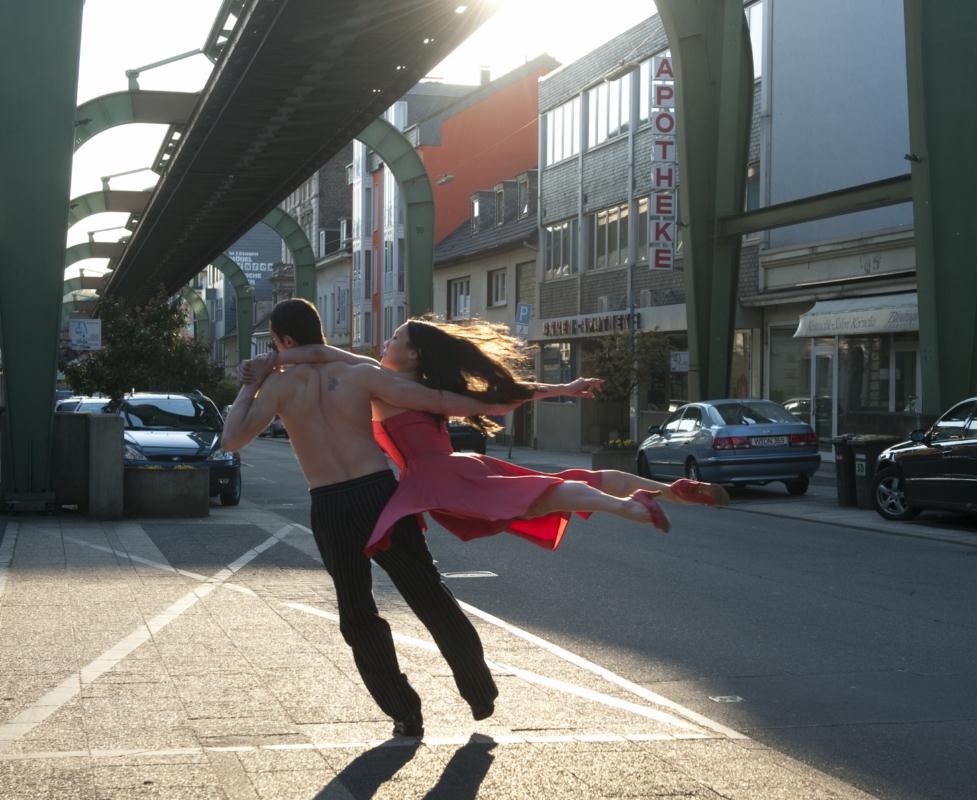

How Virtual Reality conquers the art world
Ever danced with a wolf? Artist duo Djurberg & Berg make it possible with their first virtual reality work. They are part of a young generation of...
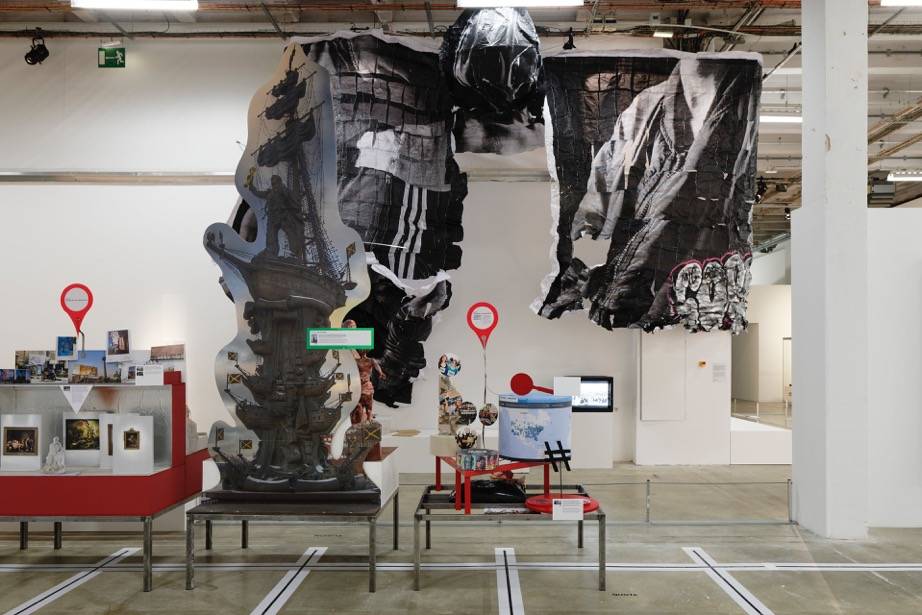
The enemy of my enemy
From August 23 onwards, a unique project by artist Neïl Beloufa will transform the SCHIRN into a stage. Palais de Tokyo is currently hosting Beloufa's...
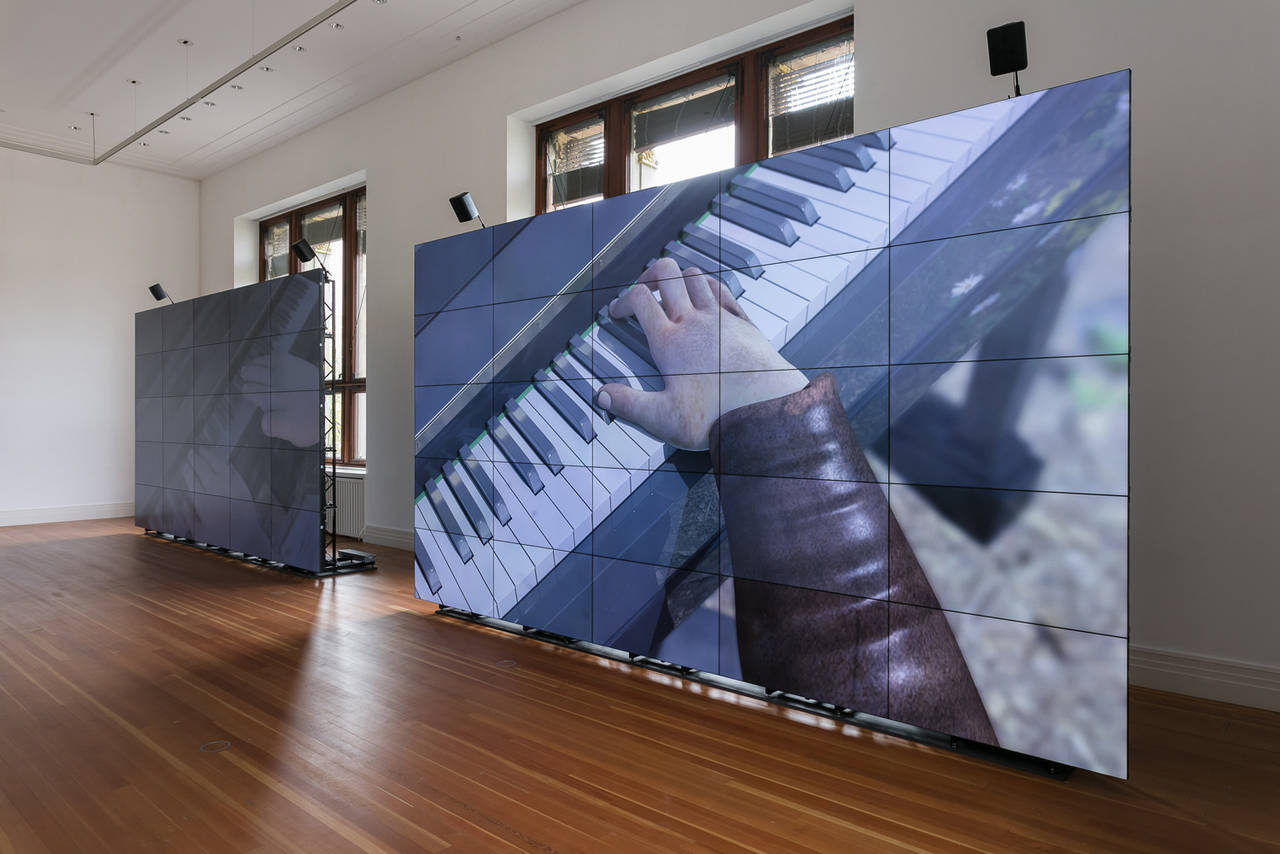
In the vicious circle of sadness
As part of the “Immersion” series, British artist Ed Atkins is presenting an exhibition at Martin-Gropius-Bau that addresses our ubiquitous escapism...
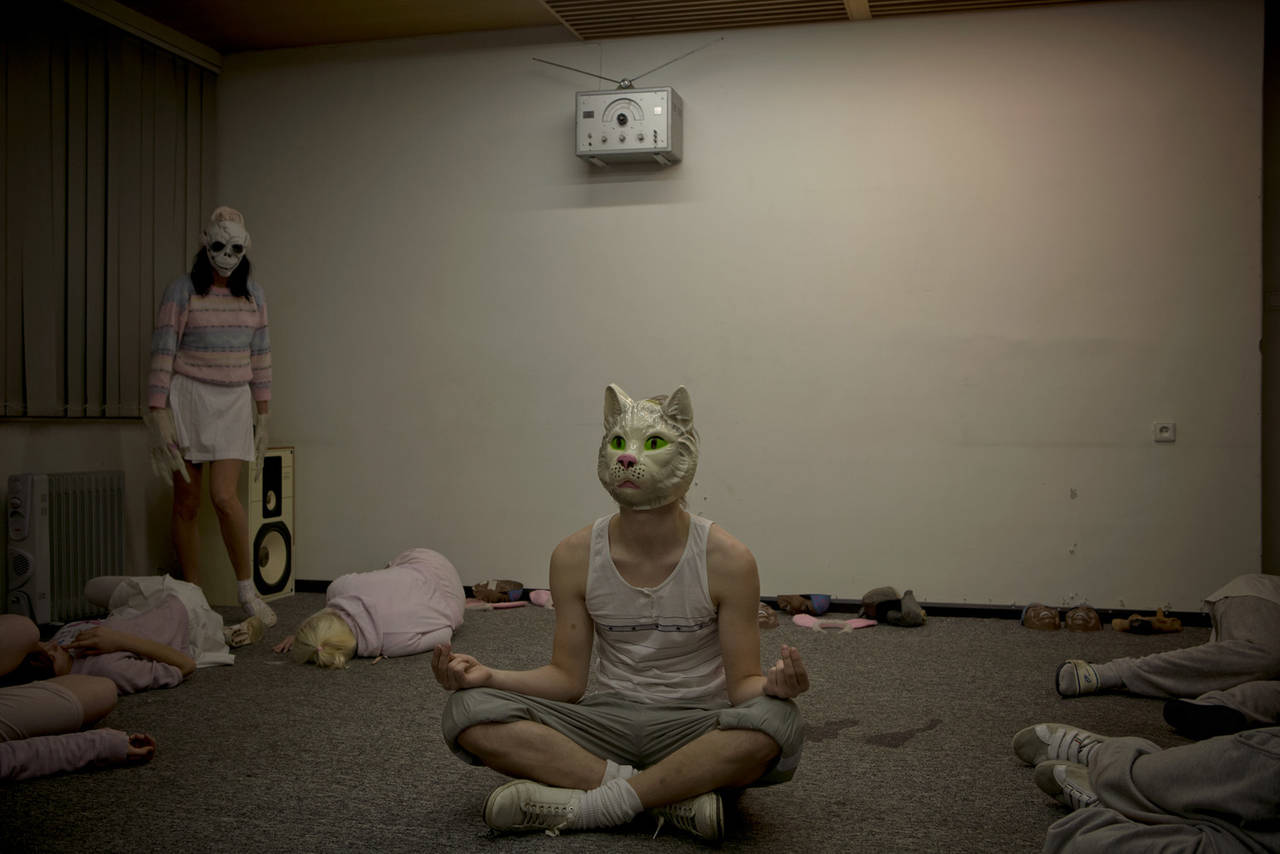
The border between reality and fiction
Its productions turn the theatergoer into an actor: An interview with performance collective SIGNA about immersion, fiction and its play “Das halbe...
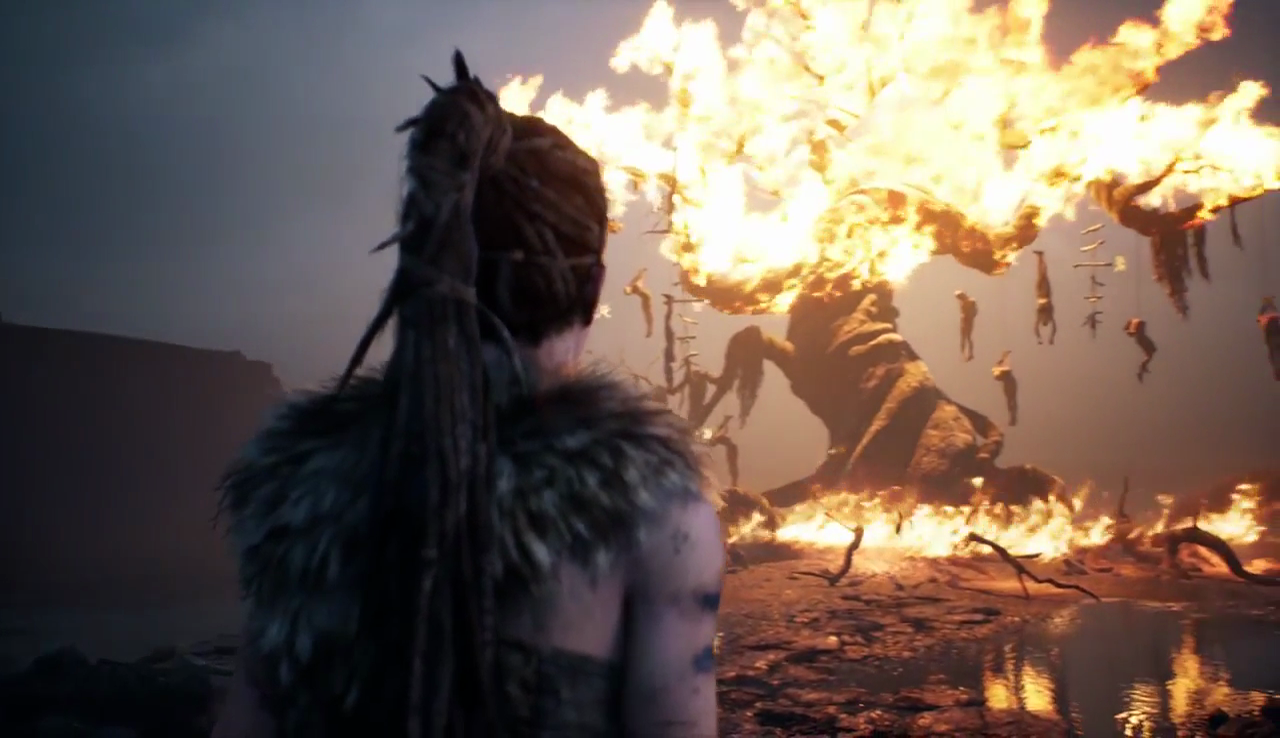
A walk-in diorama
These days, computer games are discussed in arts supplements. What is their appeal and how do they develop such a strong draw for people? Let’s play!

Hats off, it’s Wagner
The opera “Mondparsifal Beta 9-23” by Jonathan Meese at Berliner Festspiele draws visitors into a cosmos where logic plays only a subordinate role.
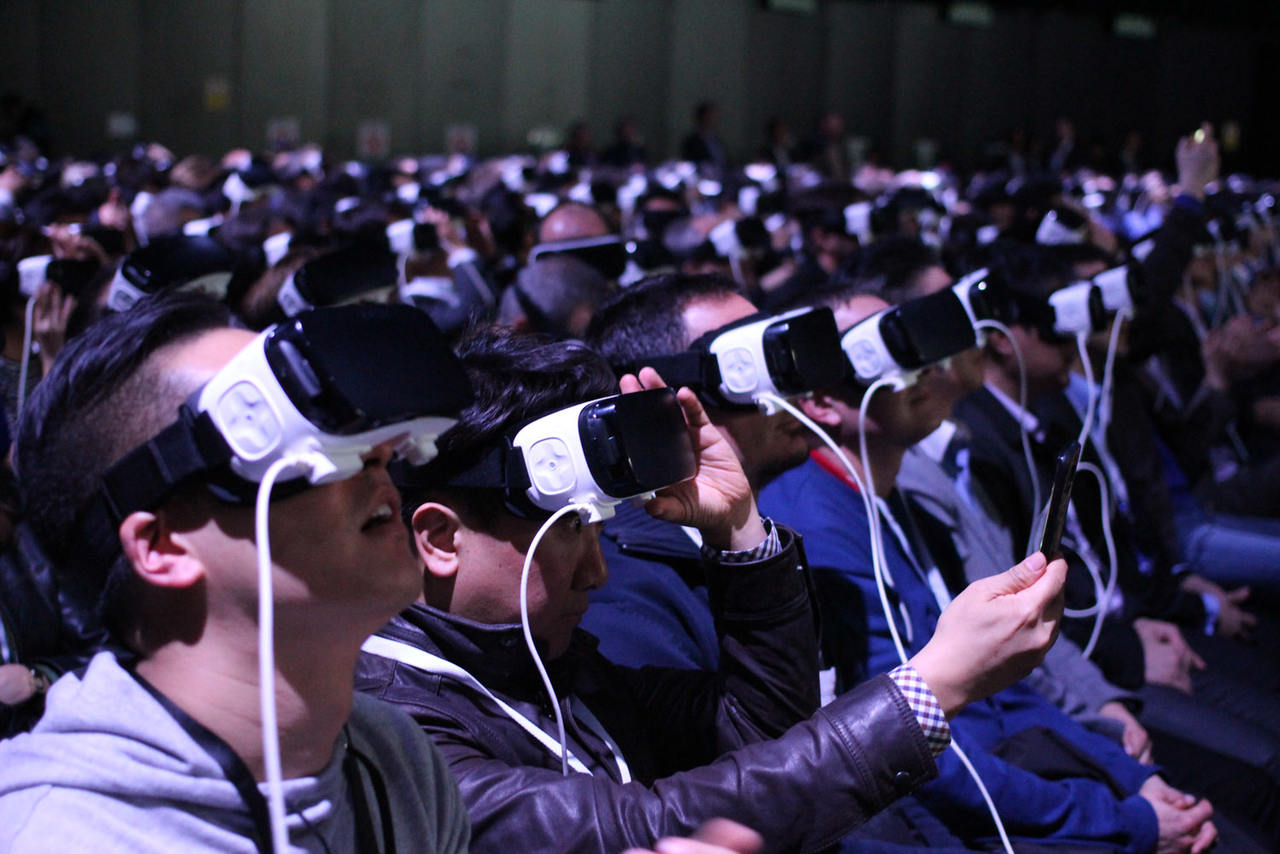
Complete dissolution
Is complete immersion in a virtual world a utopia or a dystopia? These and other questions are answered by Prof. Rupert-Kruse, immersion researcher,...
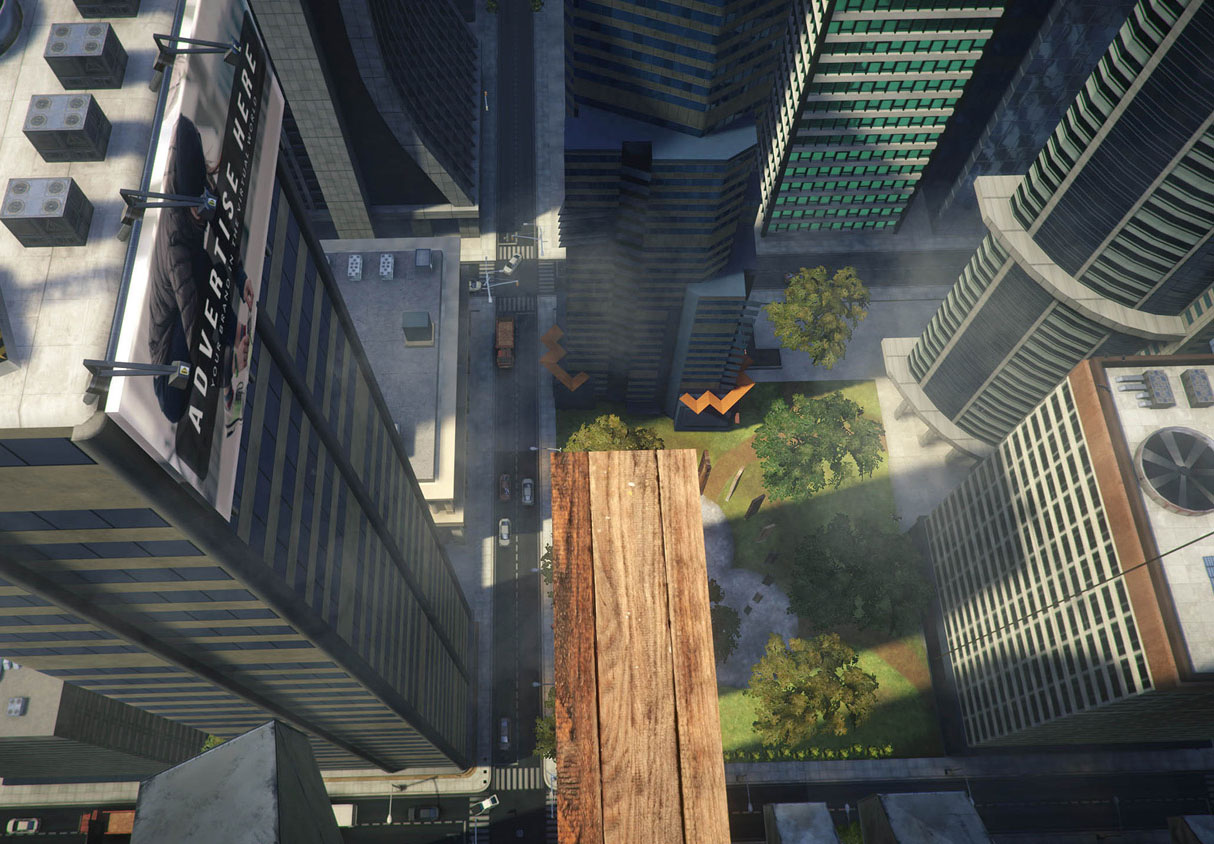
Noise interference from a distant world
An experience for all the senses: An exhibition at Kunstverein Frankfurt invites viewers to immerse themselves in virtual and constructed worlds

Who lives here?
Visitors can immerse themselves in a long bygone era at the Dennis Severs House in London. A truly great experience.
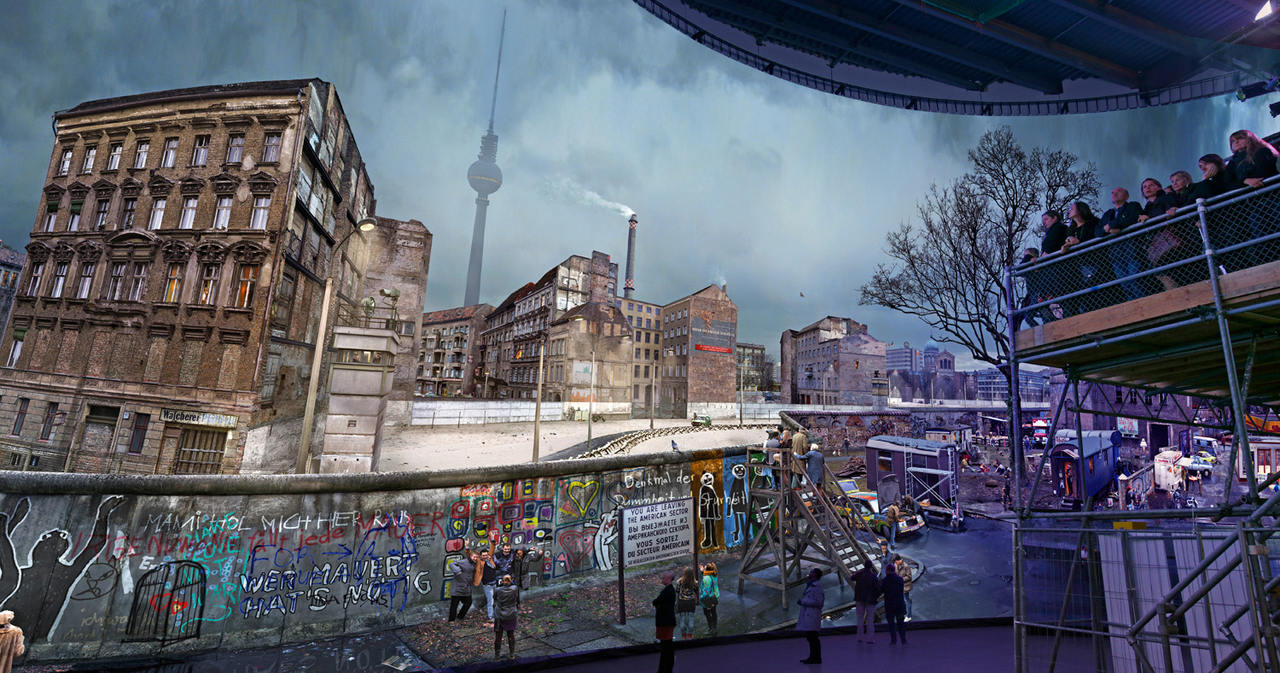
A journey back in time to a divided Berlin
It might not look very exciting from the outside: A large black rotunda that has landed on the onetime “Death Strip” of the Berlin Wall like a...

Diorama. Inventing Illusion
Reality or illusion: The SCHIRN presents a major exhibition dedicated to the idea of staged vision.
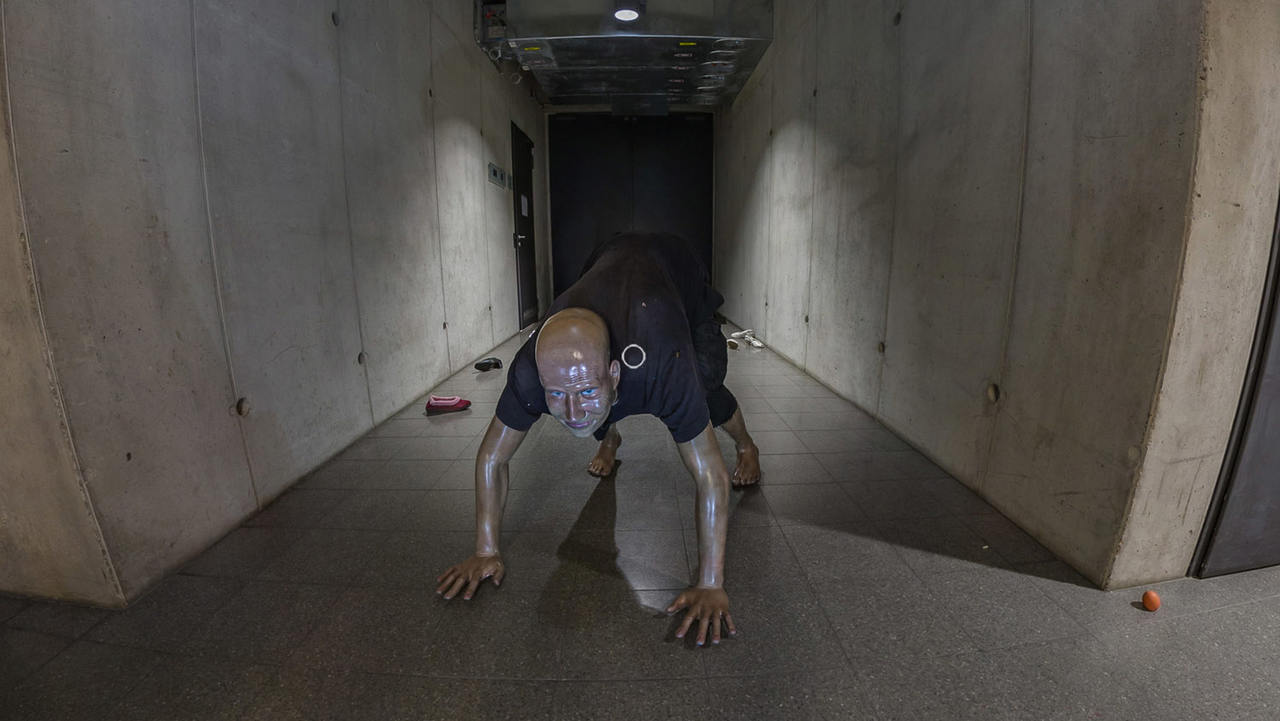
Zombies like us
The Internet is full of the undead. The artist duo New Scenario makes them visible — in works that function online, and even offline sometimes.

The dream of watching in 360°
Humans have always had a burning desire to watch, to observe. Now, virtual reality is opening up entirely new possibilities for the creation of...
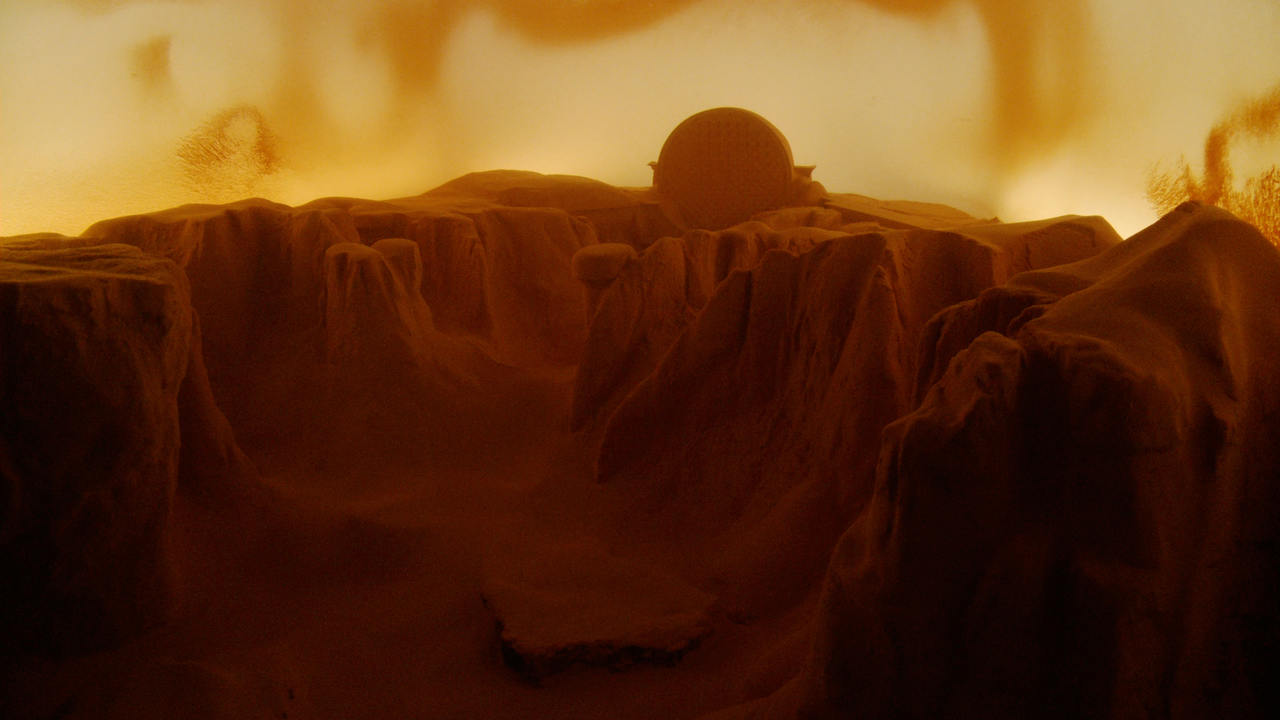
Exhibited realities
In the exhibition “Diorama. Inventing Illusion” artists question staged visions and reconstructed realities. In modern everyday culture, this...